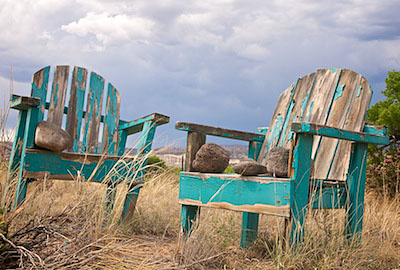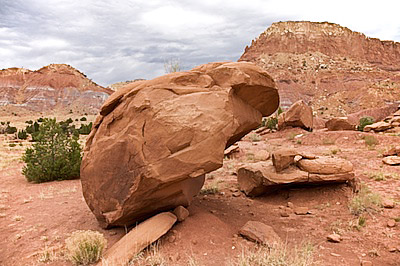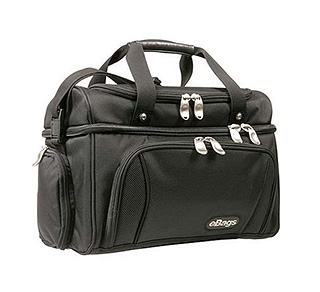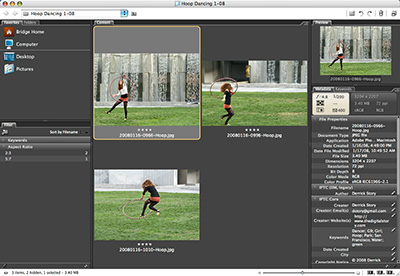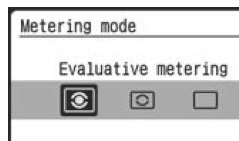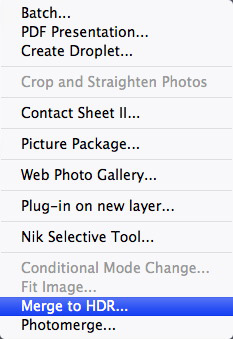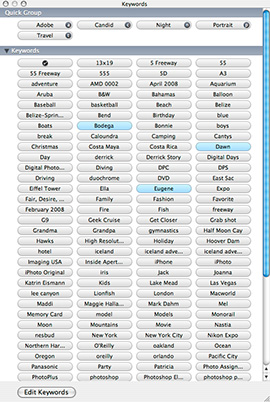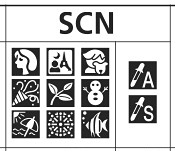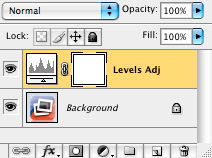
Layers adjustments have been a cornerstone of nondestructive image editing in the modern Photoshop era. But are they always the best way to work on your pictures? In this podcast I explain how to work more efficiently in Adobe Camera Raw, saving the layers workflow for only the specific images that need it.
Monthly Photo Assignment
Fire is this month's photo assignment. With Fourth of July behind us, plus wild fires raging across the Northern California landscape, fire is top of mind for me. As always, there are many ways to interpret this assignment. You can read more about how to submit on our Submissions page. Deadline for entry is July 31.
Listen to the Podcast
Now that I've piqued your curiosity, it's time to listen to today's audio show titled, "Photoshop Layers vs Adobe Camera Raw." You can download the podcast here (22 minutes). You can also subscribe to the podcast in iTunes
The Digital Story podcasts are available for direct download from Apple iPhones. I've created a special mobile download page here. Just load the page in Safari, browse the podcast line-up, and click on the one you want to listen to.
Want to share photos and talk with other members in our virtual camera club? Check out our new Flickr Public Group. It's a blast!
Events! See the TDS Event Calendar for photography workshops, speaking engagements, and trade show appearances.
Technorati Tags: digital photography, podcast, technique, Technology, The Digital Story, tips
Sponsor Notes...
Lowepro Bags for Photographers On the Go -- Lowepro gear for every type of camera rig, every type of photographer.
Add Magic to Your Slideshows -- FotoMagico presentations are so amazing that your audience will be asking how you did it.


